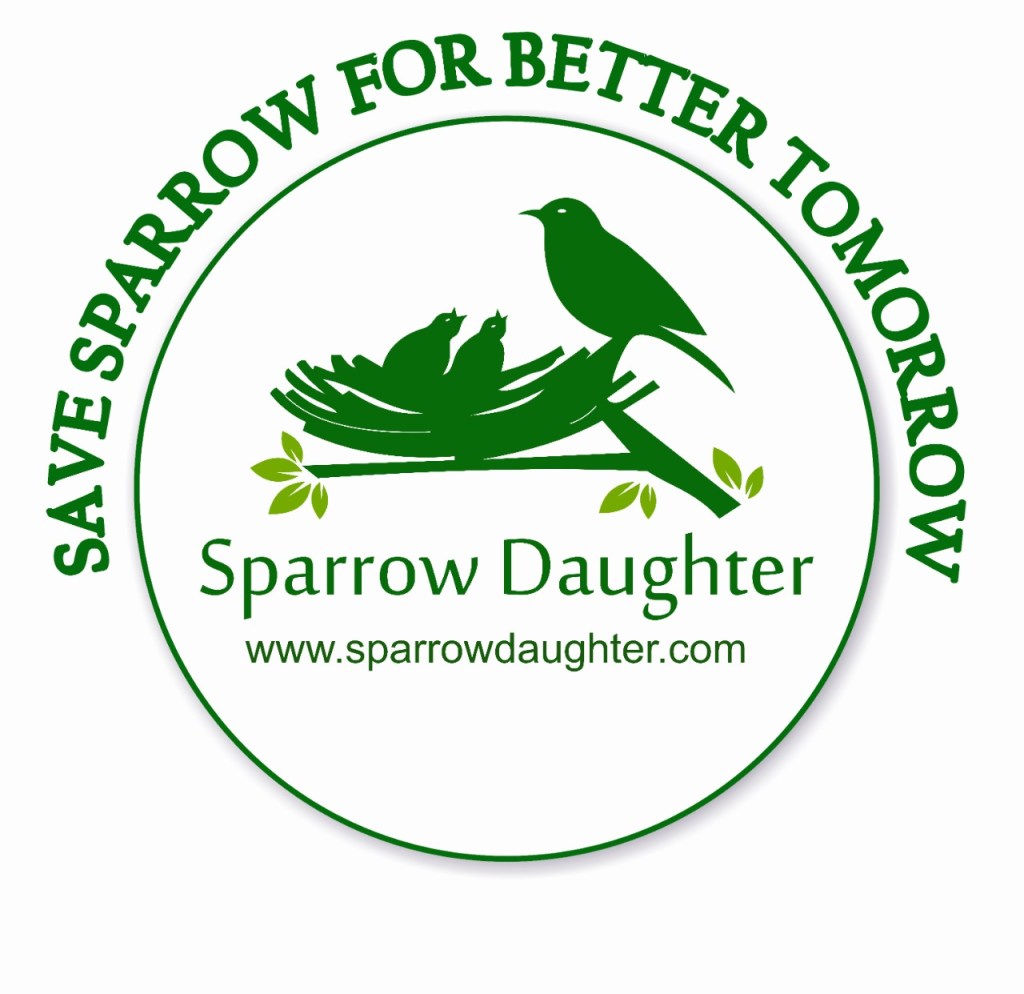The Struggle for Survival: How Sparrows Cope with Harsh Winters
As temperatures drop and snow begins to fall, sparrows are faced with the challenge of surviving through the winter months. These tiny birds may seem vulnerable, but they have developed some remarkable adaptations to help them cope with the harsh conditions. For instance, sparrows have the ability to fluff up their feathers to trap warm air close to their bodies, creating a layer of insulation to protect them from the cold. They also have the ability to lower their metabolic rate, which helps them conserve energy during periods of low food availability. Despite these adaptations, winter is still a tough time for sparrows, and they rely heavily on the support of humans to make it through.
Winter is Coming: Why Bird Houses are Essential for Sparrow Survival
Bird houses provide a safe and warm place for sparrows to roost during the winter months. Without shelter, sparrows are vulnerable to extreme temperatures and predators, which can cause their populations to decline. Bird houses also provide a place for sparrows to nest and raise their young in the spring and summer, helping to ensure the survival of the species. Providing bird houses is an easy and effective way to support sparrow populations in your area.
Cosy Nests for Cozy Birds: Tips for Building the Perfect Sparrow Bird House
If you want to build a birdhouse for sparrows, there are a few key things to keep in mind. First, make sure the house is made of natural materials like wood, as this will help keep the birds warm and dry. Second, the entrance hole should be small enough to prevent predators from entering but large enough to allow sparrows to come and go. Finally, consider adding some nesting material like straw or grass to the house to help create a cosy space for the birds to roost.
Keeping Warm in the Cold: How to Help Sparrows Stay Comfortable through Winter
In addition to providing bird houses, there are other ways you can help sparrows stay warm and comfortable through the winter months. One simple way is to provide a bird bath or water source, as sparrows need water to stay hydrated and regulate their body temperature. You can also plant shrubs and trees that provide natural shelter and food sources for the birds. Finally, consider leaving some dead branches or leaves in your yard, as these can provide nesting material and shelter for sparrows.
Feeding Frenzy: What Foods to Offer Sparrows in the Winter Months
During the winter months, sparrows have a harder time finding food as many natural food sources are covered by snow or have died off for the season. To help sparrows, you can offer them a variety of foods like seeds, suet, and fruit. Some good seed options include millet, sunflower seeds, and thistle seeds. Suet can be made by melting beef fat and mixing it with birdseed and other ingredients. Finally, offering fruit like apples or berries can provide a natural source of vitamins and nutrients.
From Icy Winds to Hungry Predators: Common Winter Threats to Sparrows and How to Combat Them
Sparrows face a number of threats during the winter months, including extreme temperatures, icy winds, and hungry predators. To combat these threats, it’s important to provide bird houses and shelter, as well as food and water sources. You can also protect sparrows from predators by installing baffles or guards on bird houses and feeders, and by keeping pets indoors or on a leash when outside.
Beyond the Bird House: Other Ways to Help Sparrows Survive Winter
In addition to providing bird houses, food, and water, there are other ways you can help sparrows survive the winter. One way is to create a winter-friendly yard by planting shrubs and trees that provide shelter and food sources. Native plants are especially beneficial as they are well-suited to the local climate and can provide a natural habitat for birds and other wildlife. Another way to help sparrows is to participate in citizen science projects that collect data on bird populations and migration patterns. This information can be used to inform conservation efforts and protect bird habitats.
A Helping Hand for Our Feathered Friends: Why It's Important to Support Sparrow Conservation Efforts.
Sparrows are an important part of our ecosystems and provide valuable ecosystem services like pest control and seed dispersal. However, many sparrow populations are declining due to habitat loss, climate change, and other factors. Supporting sparrow conservation efforts is crucial to help protect these birds and ensure their continued survival. This can include supporting organisations that work to protect bird habitats, participating in citizen science projects, and advocating for policies that protect wildlife and the environment.
In conclusion, sparrows face numerous challenges during the winter months, but with the help of humans, they can survive and thrive. By providing bird houses, food, water, and shelter, we can help support sparrow populations and ensure their continued survival. Additionally, participating in conservation efforts and advocating for policies that protect wildlife and the environment can help ensure a bright future for these beloved birds.
